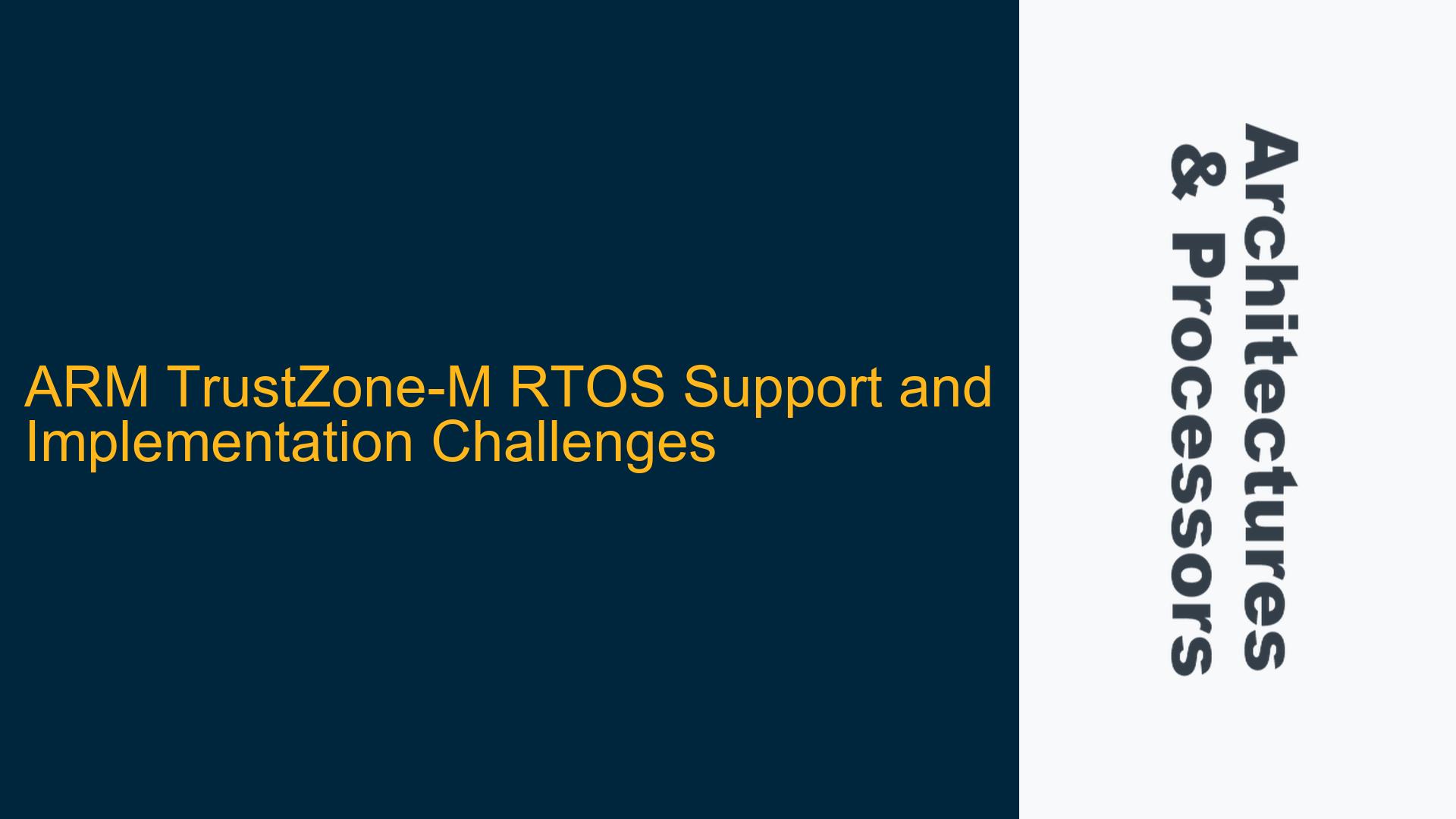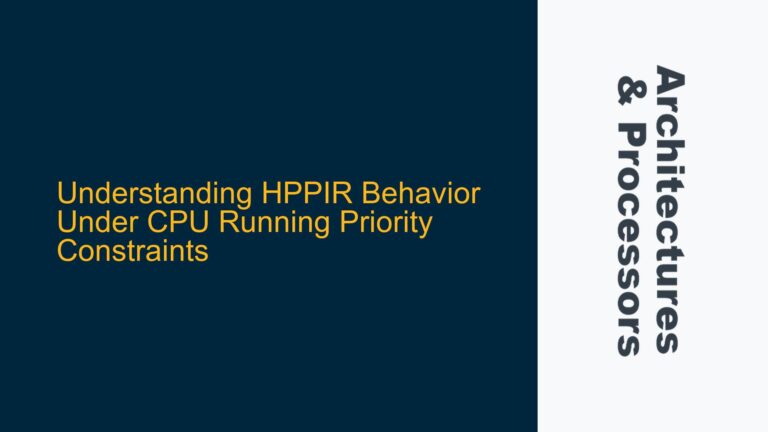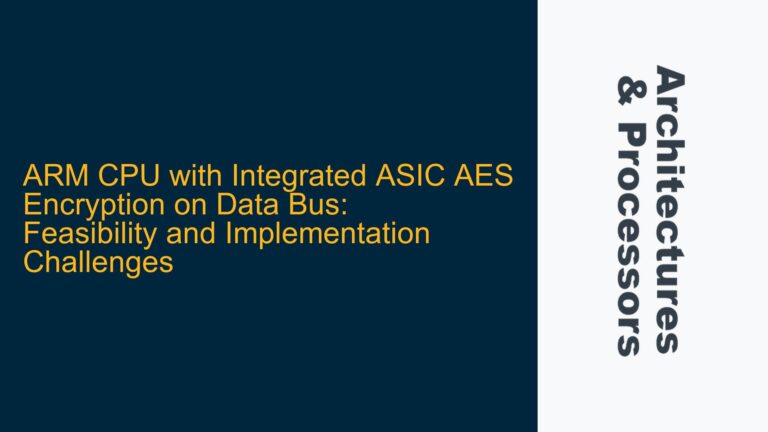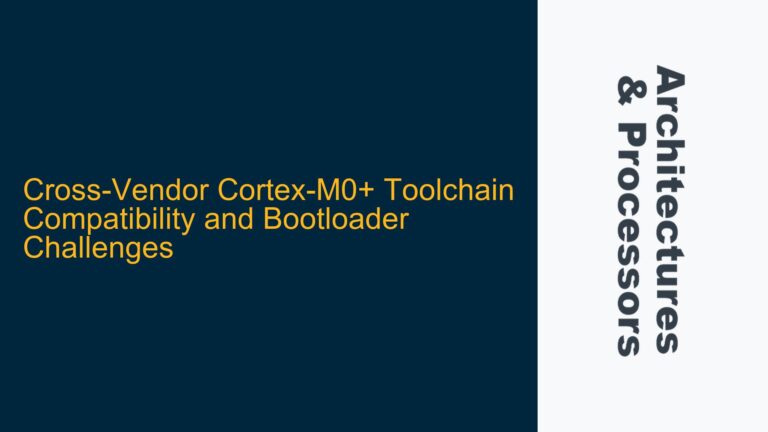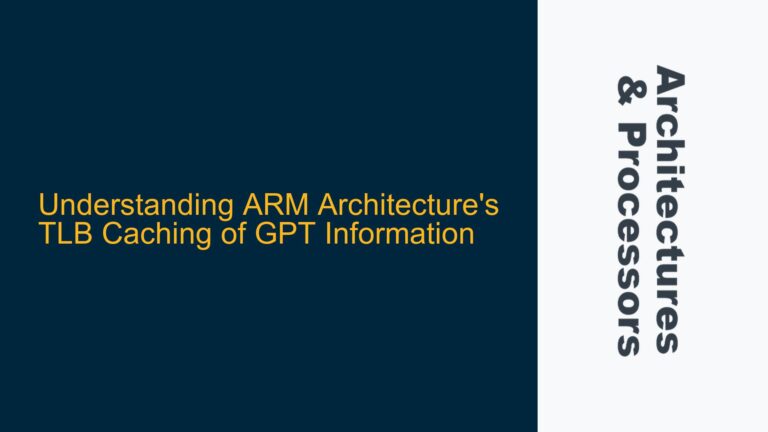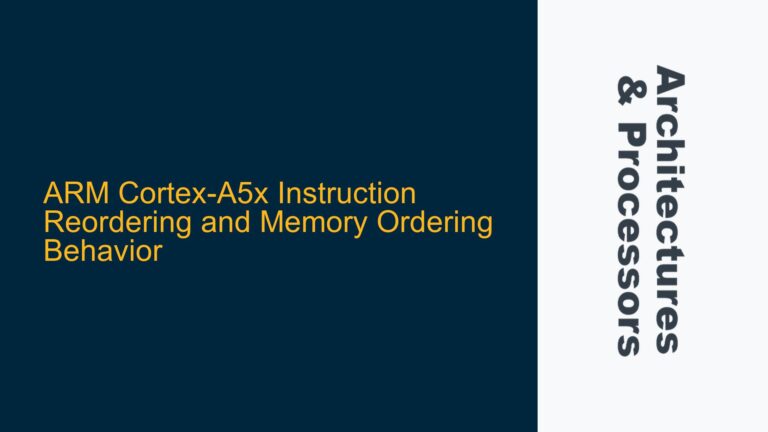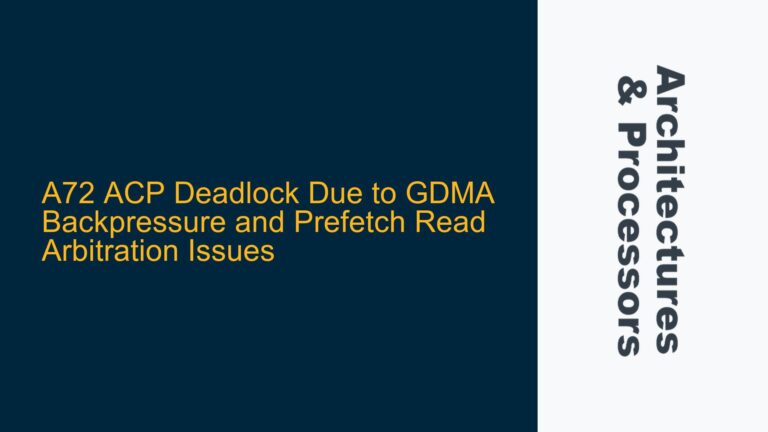ARM TrustZone-M Architecture and RTOS Integration Requirements
The ARM TrustZone-M architecture, introduced in ARMv8-M, is a security extension designed to provide hardware-enforced isolation between secure and non-secure states in microcontroller applications. This architecture is particularly relevant for embedded systems where security is paramount, such as IoT devices, automotive systems, and industrial control systems. TrustZone-M achieves this isolation by partitioning the system into secure and non-secure worlds, each with its own memory regions, peripherals, and execution states. The secure world is intended for sensitive operations, such as cryptographic key management and secure boot, while the non-secure world handles general-purpose tasks.
Integrating an RTOS with TrustZone-M requires careful consideration of several architectural features. First, the RTOS must be aware of the two distinct execution states and manage context switching between them. This involves handling the secure and non-secure stacks, registers, and system calls. Second, the RTOS must support the memory partitioning scheme, ensuring that secure and non-secure tasks do not inadvertently access each other’s memory regions. Third, the RTOS must provide mechanisms for secure inter-process communication (IPC) between the two worlds, allowing non-secure tasks to request services from secure tasks without compromising security.
The ARMv8-M architecture introduces several new instructions and system registers to facilitate TrustZone-M operations. These include the Secure Gateway (SG) instruction, which allows non-secure code to call secure functions, and the Non-Secure Callable (NSC) memory region, which contains entry points for secure functions that can be called from non-secure code. Additionally, the architecture provides hardware support for stack limit checking, exception handling, and debug authentication, all of which must be integrated into the RTOS.
Common RTOS Implementations and Their TrustZone-M Support
Several RTOS implementations have been adapted to support ARM TrustZone-M, each with its own approach to managing the secure and non-secure worlds. Keil RTX5, for example, provides built-in support for TrustZone-M, offering a secure kernel that manages secure tasks and a non-secure kernel that handles general-purpose tasks. RTX5 leverages the ARMv8-M architecture’s hardware features to ensure secure context switching and memory isolation. It also provides APIs for secure IPC, allowing non-secure tasks to request services from secure tasks.
FreeRTOS, another popular RTOS, has also been extended to support TrustZone-M. The FreeRTOS-MPU (Memory Protection Unit) variant includes support for the ARMv8-M memory partitioning scheme, allowing developers to define secure and non-secure memory regions. FreeRTOS-MPU also provides mechanisms for secure context switching and IPC, although it requires more manual configuration compared to RTX5. Developers must explicitly define the memory regions and configure the MPU to enforce the desired security policies.
Zephyr, a relatively newer RTOS, has also added TrustZone-M support. Zephyr’s approach is to provide a secure firmware framework that integrates with the ARMv8-M architecture. This framework includes a secure bootloader, secure task management, and secure IPC mechanisms. Zephyr’s modular design allows developers to selectively enable TrustZone-M features based on their application requirements. However, Zephyr’s TrustZone-M support is still evolving, and developers may encounter limitations in certain use cases.
In addition to these RTOS implementations, there are other specialized RTOSs that support TrustZone-M, such as Micrium uC/OS and SEGGER embOS. These RTOSs offer similar features, including secure context switching, memory isolation, and secure IPC, but they may differ in terms of performance, ease of use, and integration with other tools and libraries.
Debugging and Optimizing TrustZone-M RTOS Implementations
Debugging and optimizing RTOS implementations that support TrustZone-M can be challenging due to the complexity of the ARMv8-M architecture and the need to maintain security boundaries. One common issue is improper configuration of the memory partitioning scheme, which can lead to secure and non-secure tasks accessing each other’s memory regions. This can result in data corruption, security vulnerabilities, or system crashes. To address this issue, developers should carefully define the secure and non-secure memory regions in the linker script and verify that the MPU is correctly configured to enforce these boundaries.
Another common issue is incorrect handling of secure context switching. The ARMv8-M architecture requires that the secure state be saved and restored during context switches, which involves managing the secure stack, registers, and system calls. If the RTOS does not properly handle these operations, it can lead to stack corruption, register corruption, or incorrect execution states. Developers should ensure that the RTOS’s context switching mechanism is correctly implemented and thoroughly tested.
Secure IPC is another area where issues can arise. The ARMv8-M architecture provides several mechanisms for secure IPC, including the Secure Gateway (SG) instruction and the Non-Secure Callable (NSC) memory region. However, improper use of these mechanisms can lead to security vulnerabilities, such as privilege escalation or information leakage. Developers should carefully design the secure IPC interface, ensuring that only authorized non-secure tasks can call secure functions and that sensitive data is properly protected.
Performance optimization is also a key consideration when implementing TrustZone-M in an RTOS. The additional overhead of secure context switching, memory isolation, and secure IPC can impact system performance, particularly in real-time applications. Developers should profile the RTOS to identify performance bottlenecks and optimize the critical paths. This may involve reducing the number of secure context switches, optimizing the memory partitioning scheme, or using hardware acceleration for cryptographic operations.
In conclusion, integrating an RTOS with ARM TrustZone-M requires a deep understanding of the ARMv8-M architecture and careful attention to security and performance considerations. Developers should choose an RTOS that provides robust support for TrustZone-M and thoroughly test their implementation to ensure that it meets the application’s security and performance requirements. By following best practices and leveraging the hardware features of the ARMv8-M architecture, developers can create secure and efficient embedded systems that take full advantage of TrustZone-M.
